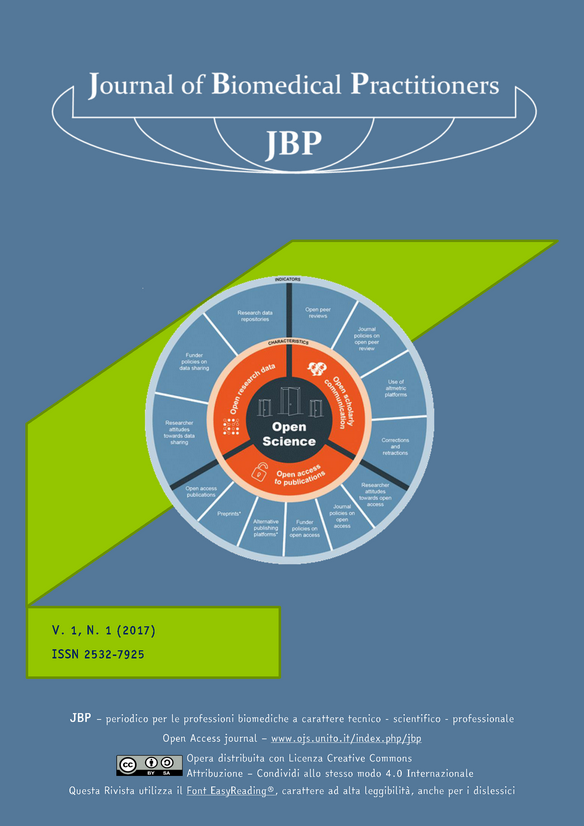Validation of solid phase extraction (SPE) coupled with autoradiochromatography for 99mTc-MAG3 radiochemical purity determination and comparison with traditional TLC
Main Article Content
Abstract
Aim: 99mTc-mertiatide (MAG3, mercaptoacetyltriglycine) is the most used radiopharmaceutical for nefro-urological studies. Concerning the importance to carry out a series of test in order to evaluate qualitative parameters, such as the Radiochemical Purity (R.P.), our study compared the two major chromatographic methods to perform R.P. quality control: thin layer chromatography (TLC) and solid phase extraction (SPE) (potential correction factor). Secondary aims were: the study of SPE samples different sensibility compared with different radiopharmaceuticals activity/volume ratio (0.11 GBq/ml, 0.6 GBq/ml, 0.1 GBq/ml, 0.25 GBq/ml), by reducting the volume from the standard value of 100 µl to 75 µl and 50 µl and detecting the SPE fractions by means of autoradiochromatography and gamma camera.
Materials And Methods: According to the work planning, the experiments can be classified depending on the labelling procedures, the chromatographic methods, the detection systems and the samples volumes. Test U Mann- Whitney (non-parametric, one winged) and analysis of variance test (ANOVA single factor) with p value < 0,05 has been used for statistical data processing.
Results: The analysis of MAG3 R.P. with TLC for the four activity/volume ratio showed a difference statistically non significant (R.P. higher than 95% the minimum prescribed), while if compared with SPE method for the two major labelling procedures used for clinical studies (0.11 GBq/ml and 0.6 GBq/ml) a statistical difference can be noticed. The comparison between the two detecting systems adopted in the SPE technique was statistically non significant, so both detectors can be used indifferently. It was also impossible to calculate a correction factor in order to move from a chromatographic methods to the other without loosing analysis accuracy. Furthermore, the statistic test between “dry column” and “moist column” has highlighted the importance of dry procedure for SPE methods. At the end by reducting the sample volume from the reference value, statistics tests underlined non overlappable results.
Conclusions: SPE method has been validated for MAG3 R.P. control, paying attention not to reduce the analytical volume (100 µl), and showing an equal value between detection performed by gammacamera and autoradiochromatography. TLC was confirmed as the reference method because of its higher ripetibility compared with SPE tecnique. The latter should be destined to samples which portray an higher concentration of lipofilic impurities to TLC. In conclusion, our results open the possibility to validate plausible chemical factor responsible for different SPE method sensibility in respect to MAG3 radioactive concentration (O2? Sn2+?) and to reassess SPE inter-day repeatibility broadening the experimental sample.
Downloads
Article Details
The authors agree to transfer the right of their publication to the Journal, simultaneously licensed under a Creative Commons License - Attribution that allows others to share the work indicating intellectual authorship and the first publication in this magazine.

